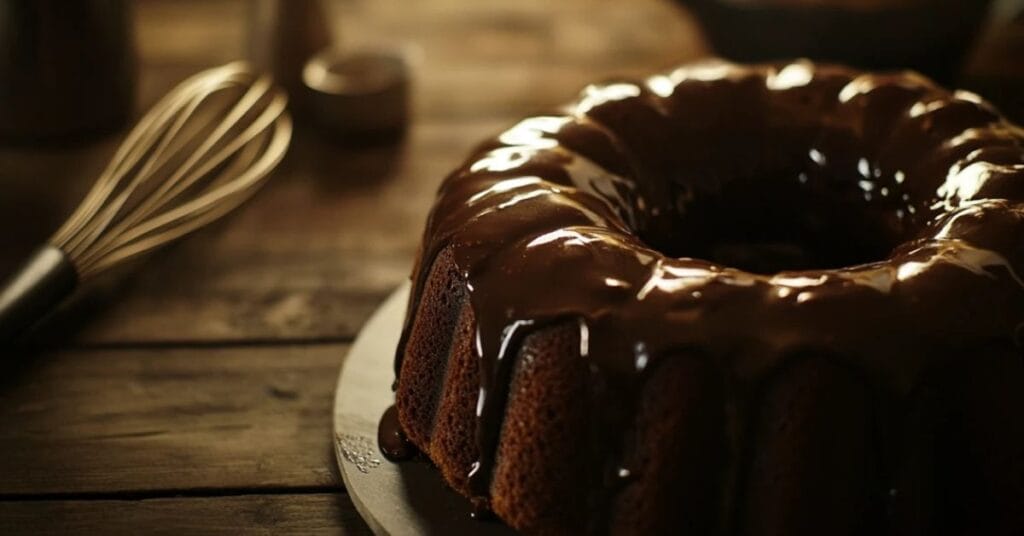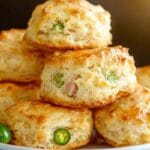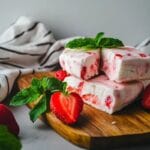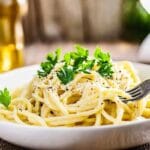The hallmark of a truly delectable cake lies in its moist texture. Whether it’s a birthday celebration or an intimate gathering, a cake with the perfect balance of softness and moisture can elevate any occasion. But what makes a cake super moist? This article delves deep into the techniques, ingredients, and methods that ensure your cakes are irresistibly tender and flavorful.
What Makes a Cake Super Moist? The Basics
The Science Behind Moisture
Moisture in a cake depends on its structure, ingredients, and baking methods. The right balance of liquids, fats, and leavening agents ensures a soft and moist texture.
- Liquids (Water, Milk, Eggs) – Provide hydration for a tender crumb.
- Fats (Butter, Oil) – Trap moisture, preventing dryness.
- Acidic Ingredients (Buttermilk, Yogurt) – Soften gluten for a delicate texture.
- Quality Ingredients – Fresh dairy, eggs, and flour improve moisture retention.
Common Mistakes That Affect Moisture
A dry cake is often caused by baking mistakes. Overbaking is the most common issue, evaporating moisture and leaving the cake crumbly.
- Too Much Flour / Too Little Fat – Upsets moisture balance.
- Overmixing – Develops too much gluten, making the cake dense.
- Improper Storage – Exposure to air dries out cakes quickly.
For a moist cake, measure accurately, avoid overmixing, and store properly.
Key Ingredients That Make Cakes Super Moist
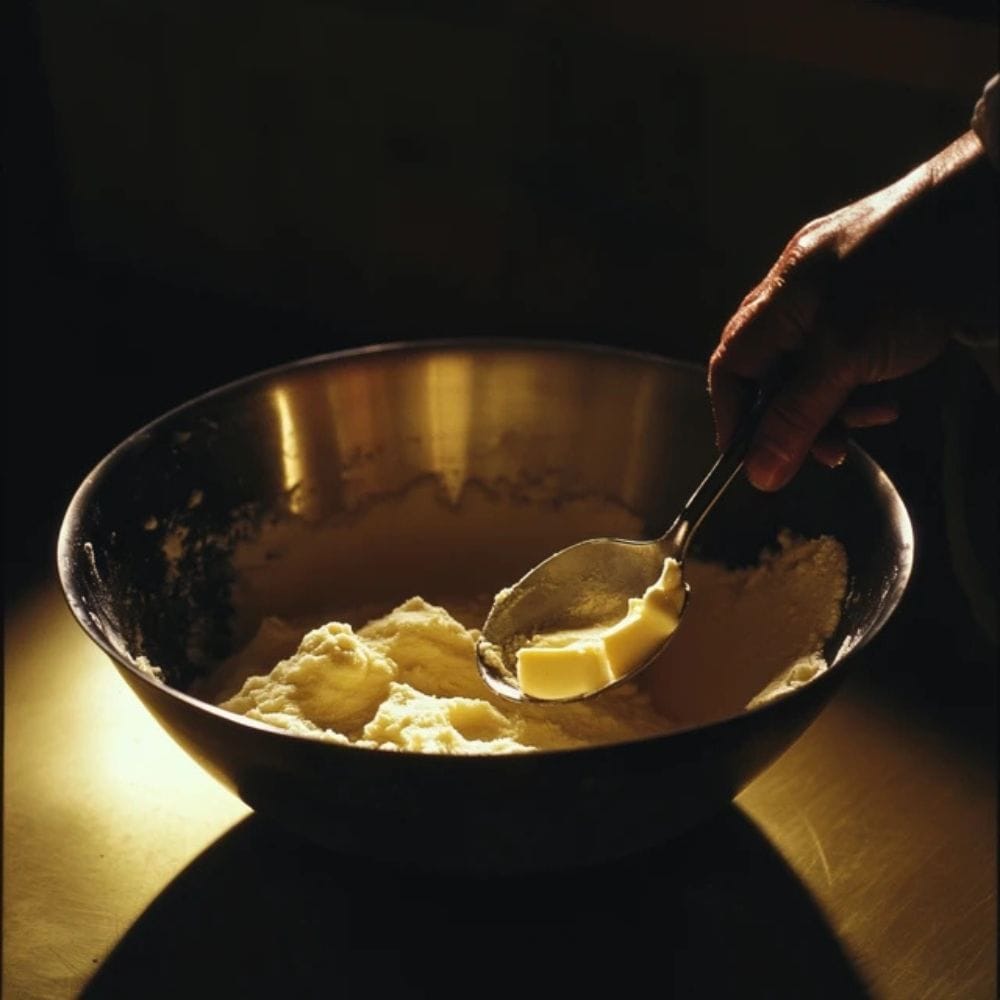
The Role of Fats in Cake Moisture
The type and amount of fat used significantly impact the cake’s moistness. Butter provides rich flavor but can create a denser crumb. Oil, on the other hand, results in a lighter, more tender texture by reducing gluten formation. As explained in using oil for a moist crumb, choosing the right fat helps maintain lasting softness.
- Butter – Adds flavor and richness but can make cakes slightly dense.
- Oil – Creates a softer, more tender crumb and enhances moisture retention.
- Shortening & Margarine – Offer different textures and moisture levels.
Experimenting with fats allows bakers to achieve the perfect balance of texture and flavor.
Moistening Agents That Define What Makes a Cake Super Moist
Moistening agents such as sour cream, yogurt, and buttermilk enhance both texture and flavor. Their acidity reacts with leavening agents, making cakes softer and more tender.
- Sour Cream & Yogurt – Provide a creamy texture while keeping cakes moist longer.
- Buttermilk – Adds tanginess and ensures tenderness.
- Greek Yogurt – Boosts moisture and nutritional value.
Replacing regular milk with buttermilk or adding Greek yogurt enhances moisture retention and improves cake structure.
The Science Behind Baking Moist Cakes
Mixing It Right for Maximum Moisture
Achieving the right consistency requires proper mixing. Over-mixing can toughen the cake by developing too much gluten, while under-mixing leaves dry spots.
- Mix just until combined – Prevents overworking the batter.
- Use low-speed mixing – A hand or stand mixer helps regulate blending.
For more guidance, check out how to make a moist cake for expert-recommended techniques.
Precise Measurements for Perfect Moisture
Precision is key in baking. Even slight variations in measurements can affect cake texture.
- Weigh ingredients – Using a kitchen scale minimizes errors.
- Measure flour correctly – Sifting or fluffing prevents dense cakes.
- Double-check measuring tools – Ensures accuracy in liquid and dry ingredient ratios.
Following these steps helps maintain consistency and guarantees a moist, tender cake.
Sweeteners and Fruits for Extra Moisture
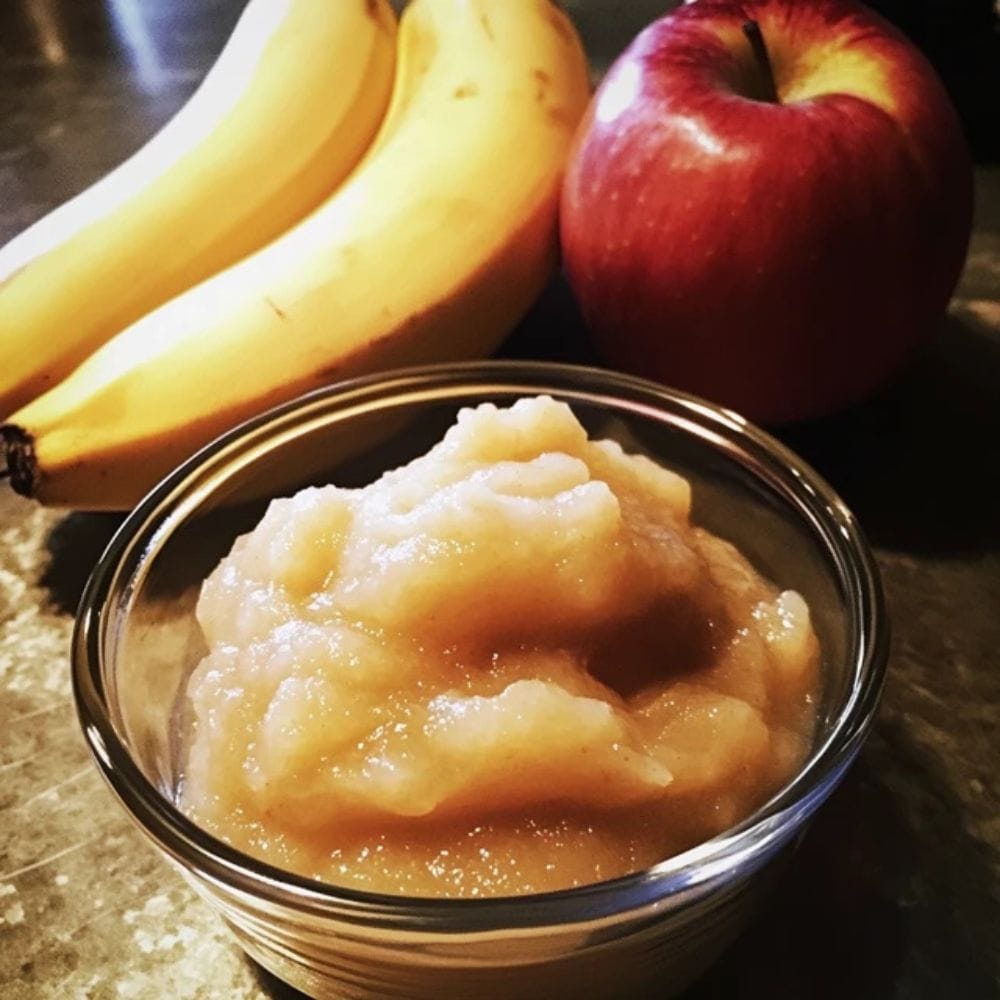
Enhancing Cake Moistness with Natural Sweeteners
Sweeteners do more than just add flavor to cakes—they also enhance their moistness. Ingredients like molasses, honey, and maple syrup contribute to a richer, softer texture. These natural sweeteners retain moisture because of their hygroscopic properties, which allow them to absorb water from the environment and keep cakes moist for longer periods.
For example, replacing granulated sugar with honey can add depth and an unparalleled tenderness to your cake. Similarly, using molasses not only imparts a unique flavor but also adds density and moisture. Maple syrup, often overlooked, provides a subtle sweetness while maintaining an airy yet moist crumb.
To further enhance texture, many bakers combine multiple sweeteners. This technique ensures a perfect balance of flavor and structure. For more information on moisture-enhancing ingredients, refer to resources like adding applesauce for moisture.
Adding Fruit Purees for Moist Cakes
Fruit purees such as applesauce, mashed bananas, or grated zucchini are fantastic options for locking in moisture while adding natural sweetness. These ingredients serve dual purposes: they reduce the need for excess fats and sugars while enhancing the cake’s texture. Applesauce, for instance, is widely used as a substitute for oil or butter in healthy baking recipes. Its natural pectin acts as a binder, ensuring a tender and moist result.
Similarly, bananas add both moisture and a distinctive flavor. This approach works exceptionally well in recipes like banana bread or muffins. Zucchini, though less common, has become a go-to for adding hidden nutrition and maintaining moisture in chocolate cakes or spice-based recipes.
Syrups and Soaks for Super Moist Cakes
Syrup Methods for Unparalleled Moisture
A well-made syrup transforms an ordinary cake into a bakery-quality masterpiece. Simple syrups—equal parts sugar and water—are brushed onto cake layers to keep them soft and flavorful. This technique works exceptionally well for layered cakes, preventing them from drying out, especially when stored for later use.
- Vanilla syrup: Enhances sponge cakes with a delicate sweetness.
- Coffee syrup: Pairs perfectly with chocolate cakes for a mocha-infused experience.
- Citrus syrup: Brings a zesty freshness to summer cakes.
Applying the syrup is easy—use a pastry brush to coat each layer lightly once the cake has cooled. This step locks in moisture without making the cake soggy, ensuring every bite remains tender.
Infused Soaks for Flavor and Moisture
Infused soaks take cake moisture to the next level by adding depth and complexity to the flavor. Instead of just water and sugar, these soaks combine liquids like coffee, citrus juice, or liqueurs with sugar to create a flavorful infusion.
- Tiramisu soak: Uses coffee and rum for its signature bold taste.
- Lemon soak: Brightens fruit cakes, making them more vibrant and refreshing.
- Brandy soak: Works well for rich holiday cakes, intensifying their warmth.
Each layer can be infused uniquely, creating a harmonious taste throughout the cake. These soaks ensure cakes stay irresistibly soft while delivering unforgettable flavors.
Baking Times and Temperatures for Moist Cakes
Baking Times to Achieve Moist Cakes
Overbaking is the enemy of moisture. Even a few extra minutes in the oven can lead to excessive dryness. The key to perfect timing is monitoring the cake closely, testing it before the suggested baking time ends.
- Toothpick test: Insert into the center; it should come out clean or with a few crumbs, not wet batter.
- Cupcakes vs. larger cakes: Cupcakes bake faster, so check them early to prevent dryness.
- Consistent monitoring: Set a timer and stay attentive, especially for delicate cakes like sponges.
Smaller cakes are more prone to drying out, making precision essential. Timing adjustments ensure cakes remain soft and moist.
Temperature Control to Retain Moisture
The right baking temperature is just as crucial as timing. Baking at too high a temperature can cause the outside to harden too quickly while the inside remains undercooked, leading to uneven texture.
- Use an oven thermometer: Ovens can run hotter or cooler than their settings.
- Gradual temperature baking: Start high, then lower the temperature for even baking.
- Avoid extreme heat: High heat causes moisture loss, leading to dryness.
For chiffon and sponge cakes, beginning with a slightly higher temperature and then reducing it creates a light, airy crumb while preserving moisture.
Storing Cakes to Keep Them Moist
Post-Baking Storage Techniques
Even a perfectly baked cake can dry out if not stored correctly. Locking in moisture immediately after baking is essential to maintaining a cake’s softness.
- Wrap while warm: Securely wrapping the cake in plastic wrap while slightly warm traps steam, which reabsorbs into the crumb.
- Use airtight containers: Keeps cakes fresh, particularly unfrosted ones.
- Refrigerate only if necessary: If a cake contains perishable ingredients like cream cheese, cover it well before refrigeration.
A well-stored cake retains its softness and flavor, ensuring it remains just as delicious the next day.
Using Frostings and Glazes as Moisture Seals
Frostings and glazes do more than add sweetness—they act as protective barriers that lock in moisture.
- Buttercream: Creates a thick, air-tight coating, keeping cakes soft.
- Glazes: A light sugar glaze provides shine while sealing in freshness.
- Crumb coat method: Applying a thin base layer of frosting before the final coat keeps cakes extra moist.
For bundt and pound cakes, a glaze not only enhances flavor but also prevents the cake from drying out. Frosting and glaze applications can significantly extend a cake’s shelf life while making it even more indulgent.
Troubleshooting Dry Cakes
Overbaking and Its Impact on Moisture
One of the most common issues bakers face is overbaking, which directly affects moisture levels. Overbaking happens when the cake is left in the oven too long, causing excess moisture to evaporate. To avoid this, always use a timer and check the cake a few minutes before the suggested baking time. A toothpick inserted into the center should come out with moist crumbs, not dry or completely clean.
If the cake does turn out dry, it’s not the end of the world. Syrup brushing is a quick fix to salvage the texture. Simply mix equal parts sugar and water, then brush the syrup onto the cake layers. This technique can restore some of the moisture lost during baking.
Avoiding Ingredient-Related Mistakes
The choice and balance of ingredients significantly influence the cake’s moistness. For example, using too much flour or not enough liquid can lead to a dense, dry texture. Measuring ingredients accurately—preferably by weight—ensures consistency. Also, opt for high-moisture ingredients like buttermilk, yogurt, or oil to achieve a tender crumb.
Another key factor is the type of sugar used. Brown sugar, with its higher molasses content, contributes more moisture compared to granulated sugar. Understanding what makes a cake super moist often comes down to perfecting the ingredient ratios.
FAQs About What Makes a Cake Super Moist
How Can I Add Moisture to a Cake After Baking?Does Using Oil Instead of Butter Make a Cake More Moist?
Final Thoughts on What Makes a Cake Super Moist
Ultimately, what makes a cake super moist boils down to careful planning and execution. From selecting the right ingredients to mastering baking times and storing the cake properly, every step contributes to the final result. Remember that moistness isn’t just about taste—it’s about creating a delightful texture that keeps people coming back for more.
By incorporating tips like adding fruit purees, using syrups, and understanding the role of fats, you can transform any cake recipe into a masterpiece. Now that you know what makes a cake super moist, it’s time to put these techniques into practice and elevate your baking game!

